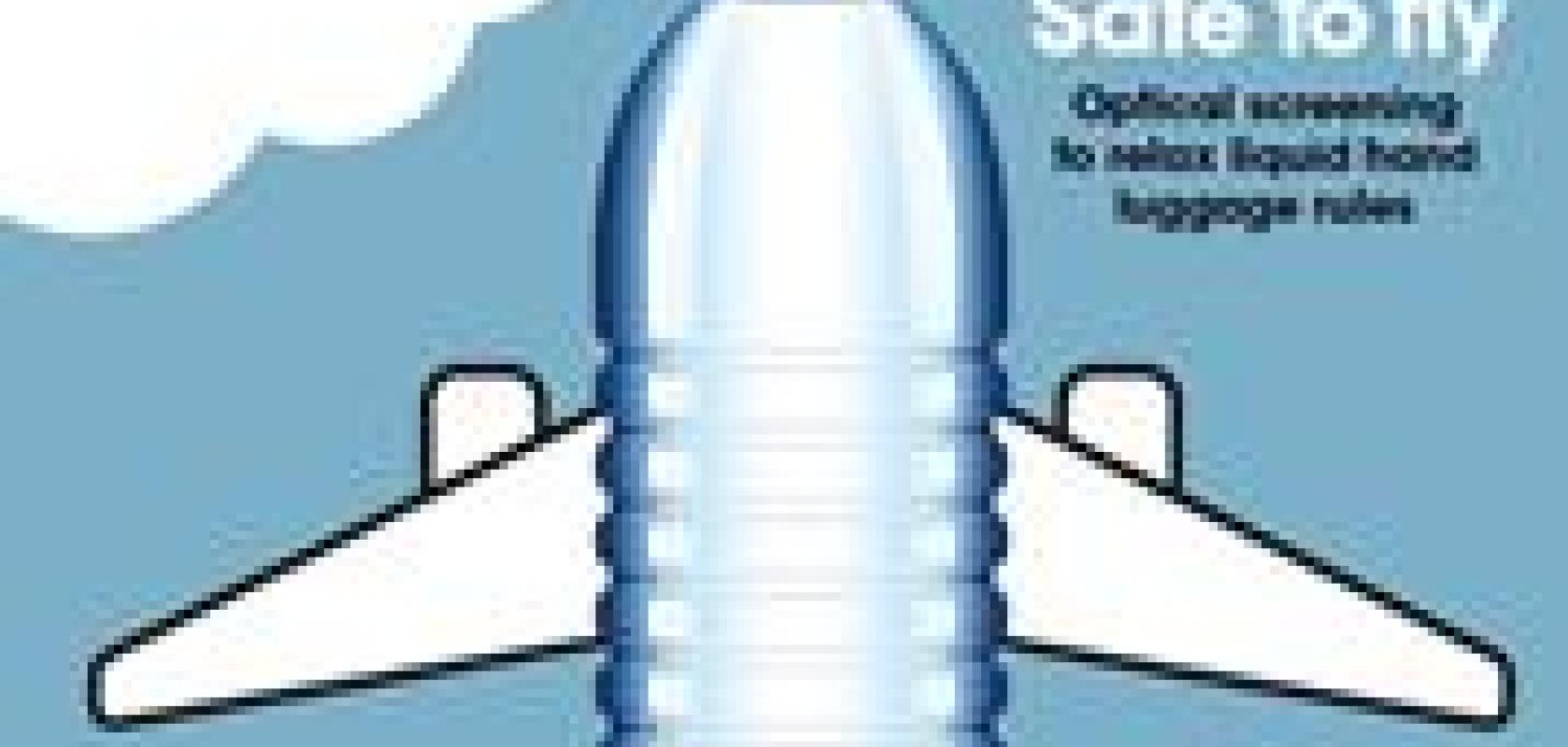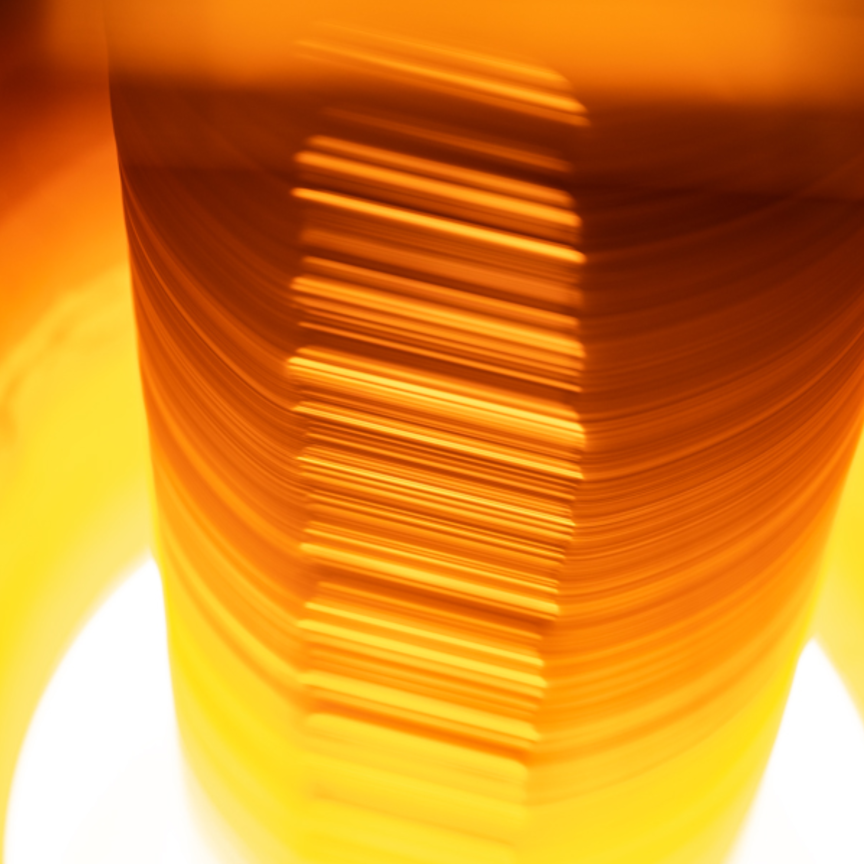The world is undoubtedly safer since UK police uncovered the 2006 terrorist plot to bring down airliners using liquid explosives disguised as soft drinks. But improved safety means that air travel has changed, with passengers facing greater restrictions on what they can carry on board. In the UK, passengers were initially limited to only carrying purses or wallets, plus baby milk, if parents tasted it first to prove it was really milk.
This put so much pressure on passenger hold luggage that hundreds of flights had to be cancelled. Within months the ban was relaxed to simply cover liquids, aerosols and gels (LAGs) exceeding 100 millilitres in volume, in line with the US response.
‘This ban was envisaged as a temporary restriction to be lifted when suitable technology to screen liquids for explosives became readily available,’ according to the European Commission’s website. In January 2014, the ban was partially lifted, allowing duty-free liquids to be carried on in sealed plastic bags, and medicine bottles larger than 100 millilitres, subject to screening. But although Europe planned to lift all restrictions by 2016, that hasn’t yet happened. Obtaining the screening technology needed to successfully check if bottles contain explosives has been a key issue.
In 2011, for example, the Airport Operators Association pushed for a delay in lifting the ban. A spokesperson told the BBC that ‘We are not convinced that the equipment is up to the job’, despite the many potential technologies available for liquid screening, including computerised tomography (CT), x-ray, microwave and radio-frequency screening, and mass spectrometry analysis.
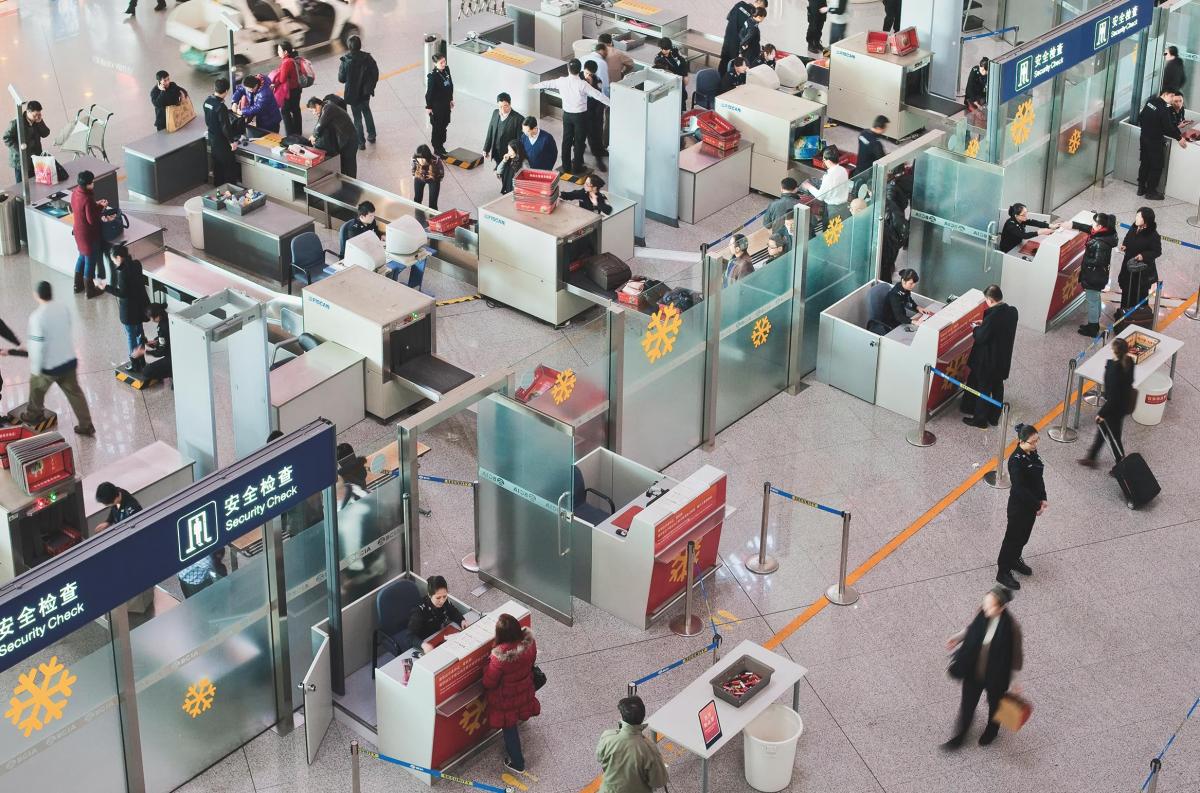
Optical techniques feature prominently among existing screening techniques, with the RespondeR Raman spectroscopy tool from London-based Smiths Detection being one pioneer. The tool can analyse liquids in their containers in less than 20 seconds, indicating whether they’re toxic or hazardous chemicals, or explosives. In 2009, it won a $21.9 million contract with the US Transportation Security Administration (TSA), followed by a further $6.8 million supply deal in 2013. Yet today, Smiths has ceased to sell RespondeR systems, noted Cameron Mann, the firm’s global market director of aviation.
The partial lifting of the liquid ban in 2014 created ‘a huge demand’ for screening systems, according to Robert Stokes, product manager at Agilent, in Abingdon, UK. His company’s Cobalt Insight spatial offset Raman spectroscopy (SORS) instrument is one of the major technologies now used, he said. That’s partly thanks to ‘very, very low’ false alarm rates, and screening times of five or six seconds, both of which speed up passenger throughput. ‘If you have a false alarm you have to deal with it, and that takes time,’ Stokes explained. ‘Airports don’t want people spending a lot of time in security. They want people to be processed quickly, to have a good experience, and then be able to spend more time in the passenger terminal.’
But the Insight’s success also comes, in part, because conventional Raman spectroscopy ‘is useful but has limited applicability in an airport situation’, Stokes pointed out. ‘It can only scan through relatively transparent barriers, whereas the SORS system allows you to scan through a very wide range of opaque containers. Those are the materials that you need to screen in an airport.’
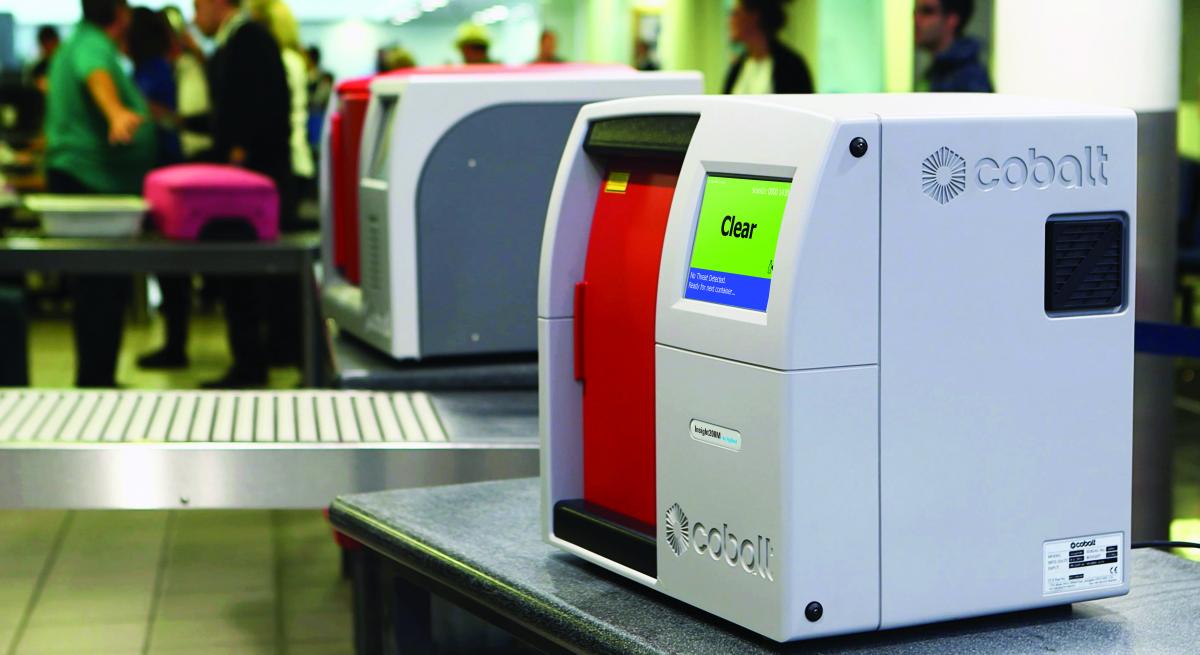
Optical techniques like Raman cannot operate through metal containers. In such cases Agilent Raman’s Insight 100M and Insight 200M instruments automatically change into a different mode and analyse the liquid’s density.
To penetrate non-metallic opaque containers, the Insight device shines one laser beam diagonally at the surface of a liquid container and measures the light scattered back. Then, it shines a second beam at the container a short distance, or spatial offset, away. This second beam interacts with the liquid, exchanging energy with its molecules in the same way that enables conventional Raman spectroscopy. That light scatters back, and some reaches the instrument’s detector. Comparing the first measurement and the offset measurement using an algorithm, the Insight system isolates the signal derived from the liquid. This subtraction reveals materials concealed inside ‘a very wide variety of container types’, Stokes remarked, and identifies them with a very high detection rate.
Agilent’s Insight products achieve this by combining a unique set of components. Rather than 785nm wavelength emission laser diodes other Raman devices commonly use to excite molecules in the liquids, it uses 830nm laser diodes. At that wavelength, molecules do not fluoresce like they do at 785nm, giving out light that interferes with the scattered Raman signal. Other systems detect scattering at longer wavelengths, such as 1,064nm, which requires InGaAs detectors. Insight systems can detect 830nm scattering with silicon detectors. ‘A silicon detector is easier to manage, more sensitive and more light is scattered at shorter wavelengths in any case,’ Stokes said. ‘This combination of components makes the whole system more efficient; you get better signal-to-noise and better detection decisions.’ Consequently, Insight systems are already widely deployed, used in eight out of the top ten airports in Europe and in several major hubs in Asia.
According to Gaurav Bhushan, a market analyst from Massachusetts-based BCC Research, SORS might help enable the liquid ban to be completely lifted. Bhushan commented that the technology is in a ‘nascent stage currently, but is expected to grow considerably’, and that ‘in the next five years the application of Raman spectroscopy in airports will increase significantly,’ he said. ‘It will be installed first in the major airports and will gradually take over in the other small airports.’
However, if restrictions on liquids carried onto aircraft are completely lifted, they will still all need to be scanned, meaning one or two bottles per bag, Norbert Klein from Imperial College London, UK, noted. ‘Raman is very good for resolving false alarms or dealing with occasional items. But it’s not up to doing an up-front, quick analysis where every second container is supposed to be checked.’
Secure together
Throughput is inherently limited, Klein suggested, because high-power lasers are needed to ensure a detectable Raman interaction with a liquid. ‘You have to protect the passengers and staff from the laser,’ Klein explained. ‘The Raman system is never an open system. You put your bottle inside, and then you have to close the door.’
Klein is also the founder and chief technology officer of Emisens, which has developed liquid screening technology based on detecting changes in a microwave field when a bottle enters it. Its Emili systems are fully open, with just a tray table for security officials to put liquid containers on. The firm’s patented microwave technique can classify liquids into categories, but not precisely identify what that liquid is.
So, in late 2015, Emisens launched its Emili 3 instrument, adding infrared spectroscopy. ‘We have some cases where infrared doesn’t work but microwave still gets the result,’ said Klein.
‘That gives us the widest range of containers where liquid screening can be applied.’ Also, Emili 3’s error rate is the product of the error rates of both infrared and microwave methods, and therefore
very low.
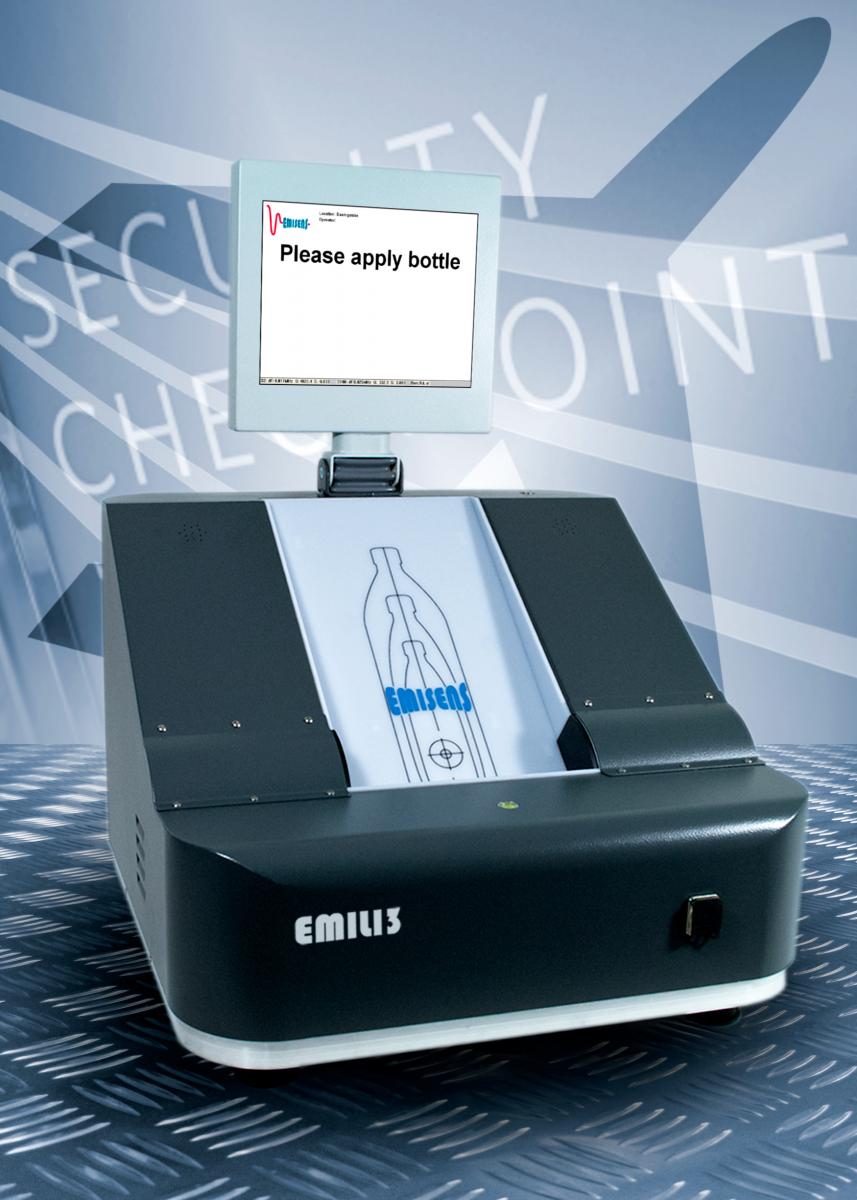
The Emili 3 system combines infrared spectroscopy with a microwave technique to screen liquids rapidly
The infrared technique involves looking for standard absorption lines that are specific for certain explosive molecules. Rather than a laser, the light source is a low-cost halogen bulb focussed into a broad beam, several centimetres in diameter, which requires less set-up and positioning than some instruments that use lasers, Klein pointed out. ‘And you cannot do any damage to your eyes when you look into this lamp,’ he added, enabling containers to be kept in the open. Picking out the lines of interest involves more sophisticated technology, however, in the form of a spectrometer. Emisens buys its spectrometer devices from Ocean Optics, using them in a way that ‘may be a bit unusual’, Klein said.
Having launched after the partial lifting of the airport liquid ban in 2014, Emili 3 has only been used in the South Korean president’s palace. However, Emisens participated in a test campaign commissioned by the European Commission with a view to completely lifting the liquid ban. It was conducted in five European airports, testing all the existing available liquid screening technologies, including Raman devices.
‘We were… top in terms of throughput,’ Klein said. ‘The Emili 3 system was deployed in a stress test. In regular operation on a busy day, the passengers got a water bottle for free, and they were all tested.’ All bottles were screened by an Emili 3 unit placed next to a conventional conveyor-belt x-ray system. The bottles that failed were diverted to an Agilent Raman system. ‘The test showed that the combination of Emili 3 at the front, with Raman for false alarm resolution, works very well,’ Klein added.
Smith Detection’s Cameron Mann pointed to a two-stage inspection process, whereby a broad screening method is employed at the first stage, and then additional technologies – such as Raman – can be used for liquids that need further analysis.
Smiths Detection provides systems that can do the liquid testing in the first conveyor-belt stage screen, for example with its Hi-Scan 6040 Ctix scanners. ‘CT offers the opportunity to leave liquids in the bag subject to local regulatory authorities and meeting the equivalent detection and performance standards for explosive detection systems cabin baggage standard C3,’ Mann said. ‘The benefit of CT in the checkpoint is that it becomes an integrated part of the passenger flow and by doing so, supports the passenger experience, increases throughput and improves the security outcome.’
If the CT system raises an alarm, the bag will be rejected and subjected to a secondary inspection, Mann added. ‘There are a number of technologies which can be employed to determine whether the contents of a bottle containing an unknown liquid can be resolved,’ he said. ‘The range of solutions to be employed depends on the regulatory environment. For example, the certified products list is different between the EU and the US for bottle liquid scanning. This is typically a choice for the airport/airlines on how they incorporate this into their concept of operations.’
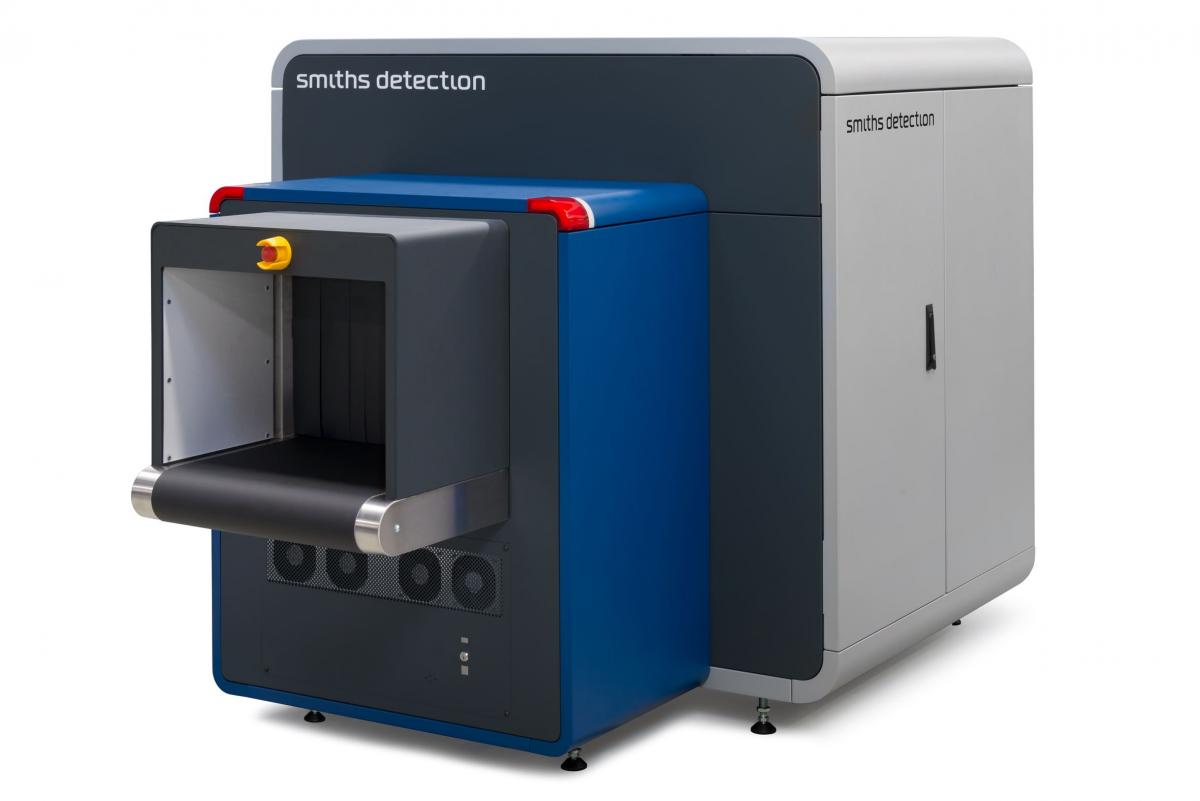
A CT system from Smiths Detection
And while lifting the liquid ban completely would trigger a one-time rush for liquid screening systems, Mann underlined that aviation industry expansion means there is already steady demand. ‘Passenger growth is around five per cent, which places continued pressure on the airport infrastructure to manage ever increasing passenger traffic,’ he noted. ‘This drives the industry to become more efficient in an existing footprint or go through an expansion process to add capacity to the airport. It is this growth, and need to ensure that airports have sufficient resources, which assures ongoing demand. The technology refresh cycles and changing regulatory frameworks also mean that after a period screening technologies may need to be replaced and/or upgraded.’
Mann also sees CT as enabling the market for other tools. ‘As CT moves into the checkpoint this will also mean that more liquids will be moving through the checkpoint, some of which will alarm and need to be resolved through a secondary screening process,’ he explained. ‘Therefore, there will be an underlying demand for alternative technologies to support the resolution of the bottled
liquid threat.’
‘The Insight system is deployed alongside these systems already,’ commented Agilent’s Stokes. ‘You have to look at airport security as a whole. It’s not just an individual technology doing everything. Airport security systems use multiple technology systems to provide the right throughput and the right level of security for passengers – it’s not just one technology that does it. The CT systems have advantages over older x-ray systems but will not replace all the technology used at airport security points.’
Currently, around 75 per cent of baggage searches arise from liquids being left in hand luggage, one airport official told Emisens’ Klein recently. There is therefore pressure from airport operators to lift the liquid restrictions, he said, and from duty-free companies whose business is harmed by the ban.
A European Commission study, apparently preparing the way for the ban to be lifted, even asked airport users for their opinions. The answer is one that would be welcomed by screening system vendors – and the suppliers of the optical components they use. ‘There’s a clear majority that said really we would like to have the ban lifted,’ Klein revealed. EO

